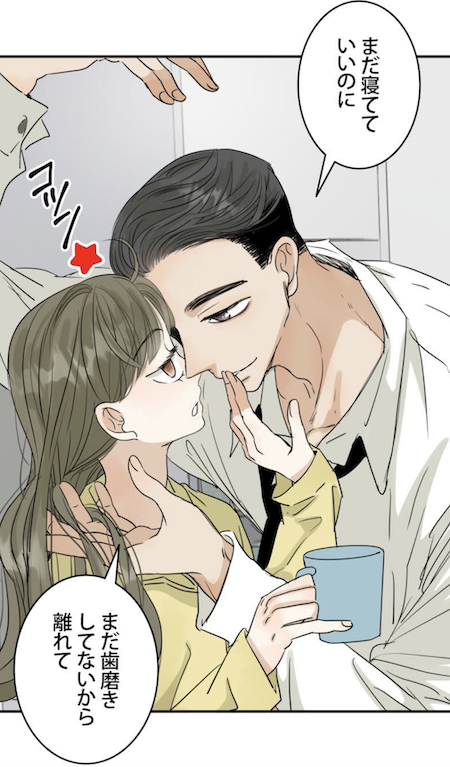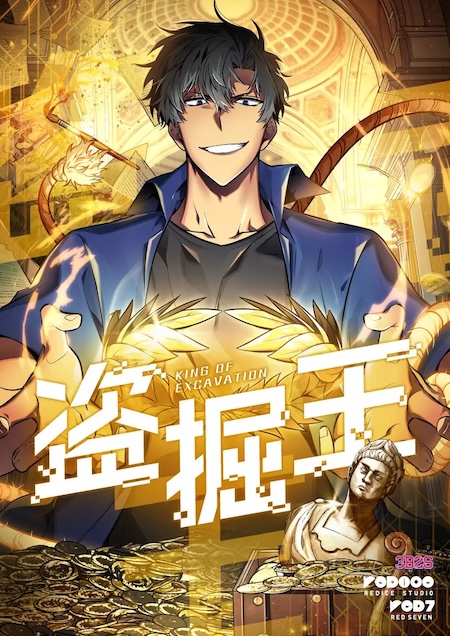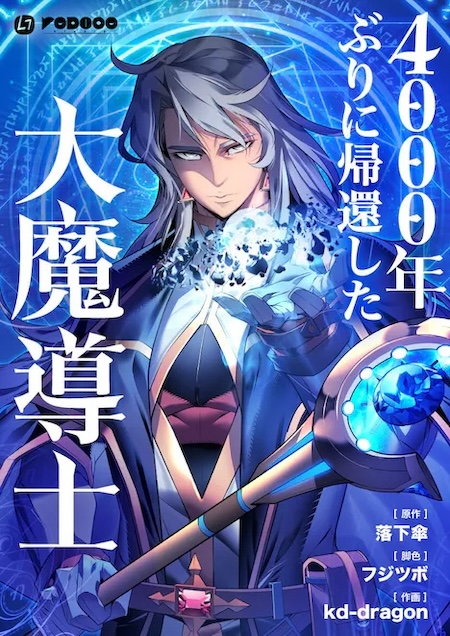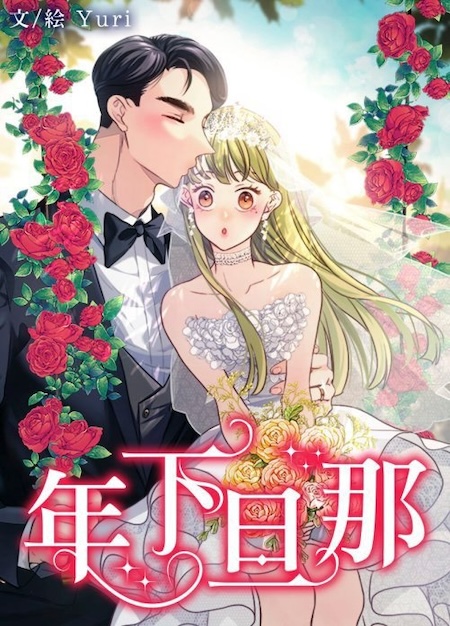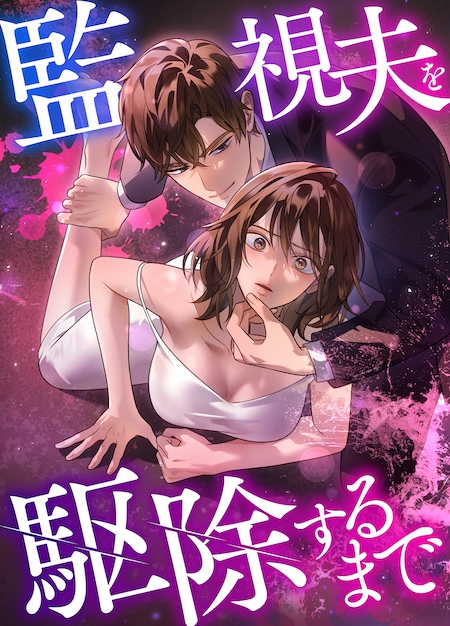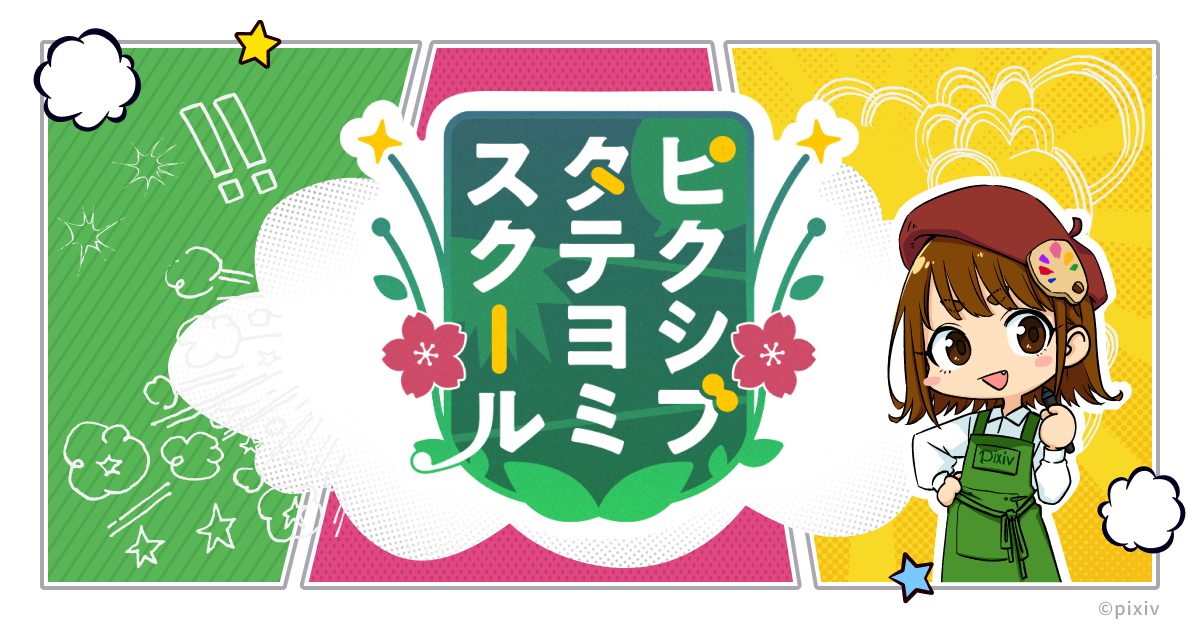「WEBTOONは日本で“誤解”されている」『俺レベ』『盗掘王』のレッドセブン代表が語る固定観念から自由になるマンガづくり
インタビュー/ナカニシキュウ
縦にスクロールしながら読むのが特徴のWEBTOONのなかで、最大のヒット作である『俺だけレベルアップな件』(以後『俺レベ』)。アニメ化もされた本作は、韓国で生まれ、日本はもちろん世界中で愛されています。『俺レベ』制作会社の日本支社にあたる株式会社レッドセブンの代表取締役であり、『盗掘王』『4000年ぶりに帰還した大魔導士』などのヒット作を立ち上げてきたマンガ編集者のイ・ヒョンソクさんに今回お話を伺いました。
「日本におけるWEBTOONのイメージはかなり偏っている」というイさん。どんな誤解があるのか? 今狙うべきジャンルは? 日本と韓国、両方のマンガを熟知しているからこそのお話が聞けました。
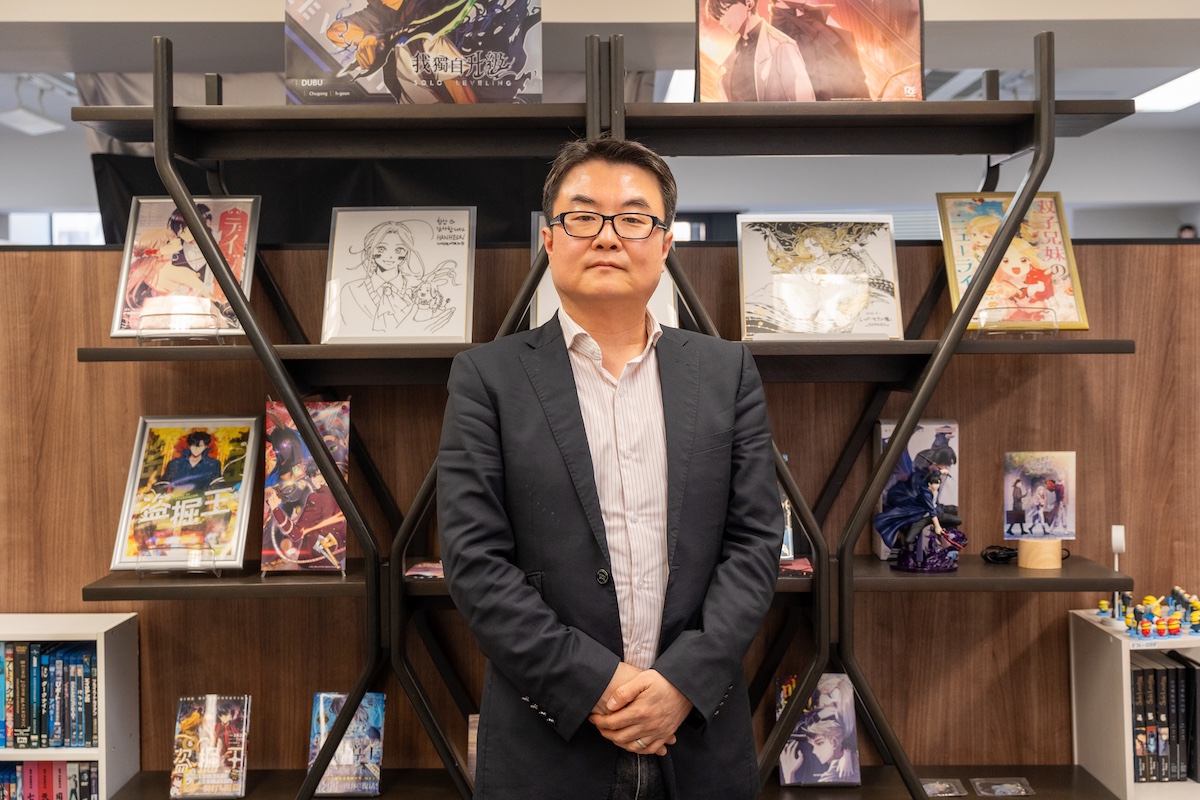
ごく一部の作品だけでWEBTOONのイメージが形成されている
── 元は日本のマンガ業界で活躍されていたイさんですが、どういうところに魅力を感じてWEBTOONを手がけるようになったのでしょうか。
イ:魅力というより、日本のマンガ業界に対する危機意識でしたね。僕は1999年に日本へ来て以来、マンガ原作者や編集者としていろいろな作品を作ってきました。その中で気づいたことは、日本のマンガは見開きの演出においては60年の歴史の中でほぼ変わっていないということ。1ミリ単位で演出のノウハウが確立されていて、頂点まで行ったフォーマットなんだなと。頂点まで行ったということは衰退が始まるのではないか、という危機意識があったわけです。
── 完成されすぎると変化が起きづらくなり、停滞の結果、衰退してしまうと。
イ:日本では少子化で人口が減少していて、必然的に作家の卵も減っていき、市場が縮小していくことが予想されました。このままでいたらダメだと強く感じて、ネットワークに特化した韓国の新しいマンガ形式、つまりWEBTOONに挑戦してみようかなと思い、2014年にcomicoへ行きました。
── ということは、必ずしもタテ読みのカラーマンガでなくても、新しい形式でさえあればよかった?
イ:もちろんです。その頃たまたま台頭してきたのがWEBTOONだった。それに、実際に読んでみたら面白かったんです。スラスラ読めて、しかも利便性も高い。紙の雑誌の場合、1年分たまると捨てるのも大変じゃないですか(笑)。もちろん紙には紙のよさもあるんですが、WEBTOONはスマホ内だけで完結するというところがすごくよかったんですね。
── 日本では2019年に連載が始まった『俺レベ』のヒットを契機に、2020年ごろからの2、3年で一気にWEBTOONが広まった印象があります。その一方で「WEBTOONは似たようなジャンルの似たような作品が多い」といった問題点がよく挙げられますが、これについてはどのような見解をお持ちでしょうか。
イ:それについては、ちょっと逆のケースを紹介しますね。韓国では、1998年に第1次文化開放というものが行われました。それまで日本の大衆文化は政府によって厳格に制限されていましたが、日本のマンガが正式に入ってくるようになります。そこで『SLAM DUNK』や『DRAGON BALL』『北斗の拳』のような一連のジャンプマンガ、あるいは『AKIRA』のような絵が精密なマンガが人気となりました。アニメでは『銀河鉄道999』や『未来少年コナン』『愛天使伝説ウェディングピーチ』などがヒットし、そうしたごく一部の作品によって「日本のマンガやアニメとはこういうものなんだ」という認識が定着したんです。とくに『AKIRA』が韓国のマンガ作家に与えた影響は甚大でした。
── なるほど、それはとても興味深いお話です。
イ:ところが実際に日本へ来てみたら、僕が持っていたイメージとはまったく異なる作品が愛されていることを知りました。日本で幅広い世代に親しまれている国民的アニメといえば『ちびまる子ちゃん』や『サザエさん』『ドラえもん』などがありますよね。韓国に入ってきた日本文化のイメージは極めて限定的な作品によって決定されており、日本の一般人の目線とはかけ離れていたんだということをそこで悟りました。
── 日本の『AKIRA』読者は、コアなマンガ好きが中心だったと。
イ:これを韓国WEBTOONに置き換えてみましょう。今、日本に入ってきて人気を博しているWEBTOON作品は『俺レベ』や『4000年ぶりに帰還した大魔導士』などがありますね。そうしたビジュアルクオリティの高い一部の作品によって印象が決定されてしまったんです。しかし韓国においてはそういう大規模なスタジオ制作のもの以前に、個人作家によって描かれた作品群がWEBTOON文化の下地を作ってきました。
── その存在が日本ではあまり知られていない?
── 韓国WEBTOONの黎明期にはエッセイトゥーンと呼ばれる日記的な作品が主流だったそうですが、そういう個人的な作品ほど社会構造や時代背景の理解がないと読み取れないディテールが含まれやすいですよね。
イ:当然そうなりますね。それに加えて、翻訳やローカライズの問題もあります。これには莫大な費用がかかりますから、そうなるとどうなります? 絶対に売れる作品しかやらないでしょう。その結果、韓国文化を理解していなくても楽しめるアクション作品や異世界転生もの、ロマンスファンタジーばかりが翻訳されて入ってくることになります。それで「韓国WEBTOONはだいたい全部そういうもの」という偏った印象になってしまったんですね。それはまったくの誤解です。
新人作家を発掘して育てる長期的な投資をすべき
── そうした誤解が日本のWEBTOONの発展を妨げているという見方もあります。イさんも以前、「韓国の模倣ではなく、日本ならではの強みを生かしたWEBTOONのあり方が絶対にある」というような発言をされていましたよね。
── なぜ挑戦的な作品が増えてこないのでしょうか。
イ:「これくらいの投資をすれば、これくらいお金が稼げるでしょう」という計算でやっているからだと思います。そこには長期的な目線がありませんよね。日本の出版マンガのすごいところは、長期的な目線でずっと投資をし続けてきたところにあるんです。たとえば集英社は年間300を超える新人作品を出すんですよ。その新人に投資した金額がただちに回収されることがなかったとしても、それをやり続けている。そういう姿勢を、今WEBTOONに挑戦している会社はもうちょっと学ぶべきだと思います。
── 目先の利益だけを追っていると無駄に見えるかもしれないけど、長期的に見れば絶対に必要な投資なんだと。
『ホームプレートの魔物(ヴィラン)』第1話より。縦スクロールに合わせたスポーツの演出が練られている。
── お話に出た『年下旦那』ですが、WEBTOONといっても縦方向へシームレスにスクロールする形ではなく、1コマずつ横にスワイプして読ませるスタイルになっていますよね。これはスマホに特化したマンガにおける、縦スクロールではない“別の正解”を提示しようという意欲的な試みのように感じました。
年の差夫婦のラブラブな日常を描く『年下旦那』。1コマずつ横にスワイプする「カットトゥーン」という形式で、よりさくさくと読めるスタイルをとっている。画像は第1話より。
イ:この形式は、韓国ではすでにメジャーなスタイルとしてあるものなんです。日本人の作家さんにもオススメですよ。縦スクロールの演出というものは韓国ですでに25年近い歴史があり、さまざまな試行錯誤が行われてきたものなので、そのすべてを勉強するにはちょっと時間がかかります。でもこれはコマ自体のサイズが決まっていますから挑戦しやすいですし、横にスライドする形式で描いたものは縦スクロールにもすぐ変換できますから。単行本も作りやすいです。
── たしかに縦スクロールよりもさらに描きやすい形式ですね。
イ:だから日本の皆さんもやればいいと思うんですけど、誰もやらないですね。おそらく固定観念を大事にしすぎるところがあるのかもしれません。
なぜかWEBTOONには学園恋愛ものがない
── 「WEBTOONといえば縦スクロールのフルカラーだ」と思い込みすぎて、それ以外の選択肢があり得ることを忘れてしまいがちなところはたしかにあると思います。
── 今の風潮は「女性向けの恋愛ものといえばロマンスファンタジー」みたいになっていますね。
イ:日本の学園恋愛ものは、韓国の作家には作れない代表的なジャンルのひとつです。なぜなら日本の学校の実態を知らないからですね。日本の作家にしか描けないものですし、やれば読む人はたくさんいます。しかもこれ、個人で作れますよ。なのに、WEBTOONではびっくりするほど描かれないジャンルになっています。
── なるほど……。
── 市場が大きい分そこに触れる人も当然多くなるわけで、そこで育った人がマンガを描こうと思ったらまずヨコ組みの版面マンガが前提になりますもんね。
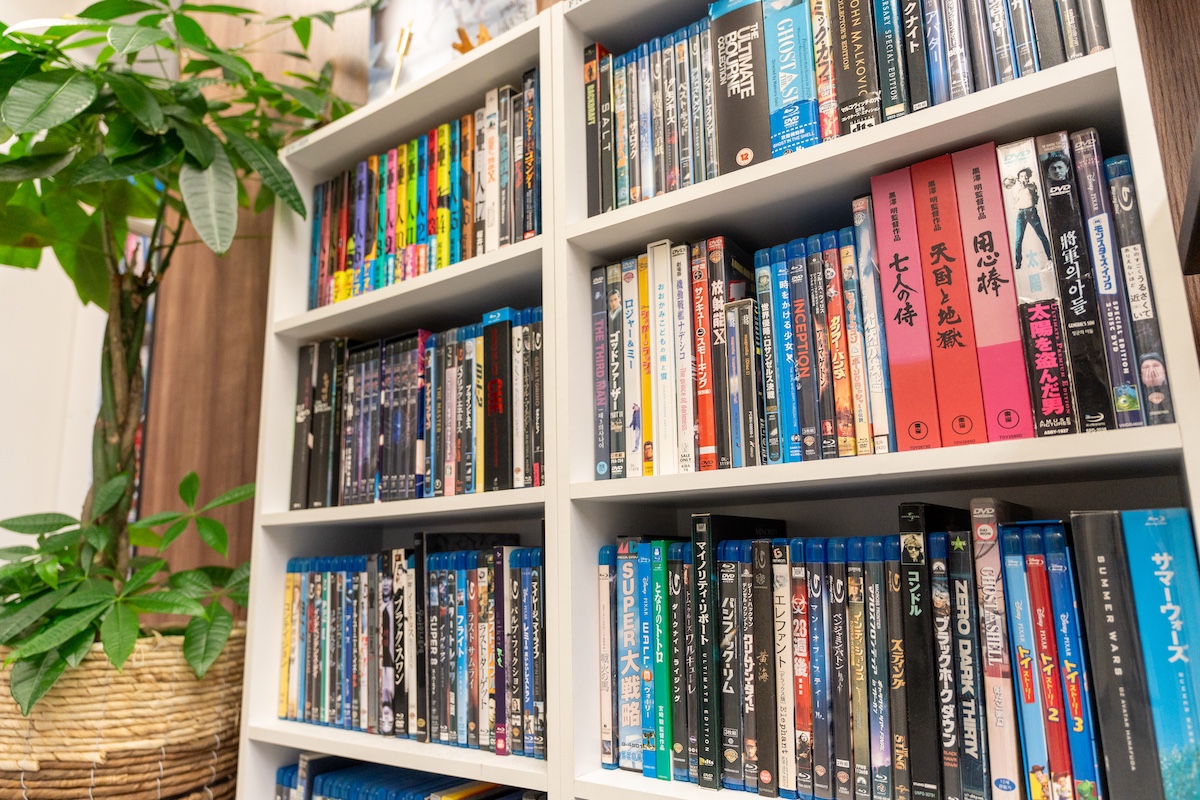
── コマの前後が自然に目に入る版面マンガはアナログ時計で、スマホの小さい画面で“そのコマ”だけを見せるWEBTOONはデジタル時計的だと。
イ:最近とても人気のある作家の1人に藤本タツキ先生がいますが、彼の何が新しいかと言うと、彼の文法って映像的なんですね。たとえば『ルックバック』という作品、あれはもう完全にクエンティン・タランティーノ監督の映画『ワンス・アポン・ア・タイム・イン・ハリウッド』と共通する思想で描かれています。しかも、マンガの中にもこの映画のジャケットが出てきますね。映画から着想を得て、映像の感覚でマンガを描く……実はこれ、日本の伝統的な手法なんです。
── 手塚治虫先生からしてそうですもんね。
イ:そうです。手塚先生はウォルト・ディズニーから多大な影響を受けていますし、『AKIRA』の大友克洋先生も『ブレードランナー』などのハリウッド映画の影響がとても強い。韓国のWEBTOONは、彼らと同様に映像を観て育った人たちが描いているものなんです。しかも、スマホの小さな画面で映画やドラマを観ながら成長した世代が作っている。日本でも同じように、映像的な感覚というのは自然と身についていると思うんですよ。
出版マンガを作る体制は50年変わっていない
── そうした状況の中、2023年に始まった「ジャンプTOON AWARD」は先ほどおっしゃった“個人の作家が作品を投稿できる場”のひとつですよね。イさんも第1回に審査員として参加されていましたが、いかがでしたか?
イ:すごくいい体験でした。面白かったのが、白黒の作品もあったことですね。「WEBTOONとはこういうものだ」という固定観念から解き放たれた、自由な作品がいくつか見受けられました。実験精神に富んだものがいっぱいあって面白かったし、すごくよかったですね。
── 個人的には、“日本ならではの強みを生かしたWEBTOON”の正解のタネみたいなものがいろいろ見えたように感じました。
イ:ありましたね。このような可能性のタネをもっと発展させようと思ったら、「作品の良しあしは読者が判断するんだ」という思想を徹底するのもひとつの方法です。それはcomicoが、WEBTOONという日本ではまだ目新しかったマンガで成功した理由でもあると思っています。
当時のcomicoでは、読者がいいねをたくさんつけた作品がいい作品であるとしていて、さらに読者の生の声を聞くべく、実際に中高生を招いて連載作品の感想やいま好きな作品などのヒアリングも行っていました。
── 作品としてのクオリティマネジメントは当然するべきだけども、「面白いかどうか」まで編集者が踏み込むべきではない?
イ:たとえば、ある少年誌があるとしましょう。ターゲットとなる読者の年齢層が10代から20歳くらいまでだとして、作品に携わる編集者は何歳がよいでしょうか? 年齢が開き過ぎると受け手との感覚の共有が難しいこともあると思います。現代はネットを通じてリアルタイムで読者の意見が届く時代です。その利点を生かして、読者の評価を最重要視することで発展してきたのがWEBTOONなんです。
── 作家と編集者が二人三脚で作品を作るという日本の伝統的なやり方にはいい面も悪い面もあって、その悪い面が今は目立ちつつある?
イ:そう思いますね。世の中は大きく変わったのに、出版マンガを作る体制だけが50年も60年も変わっていない。もちろんいい面もあるんですけど、次の時代を創るためにもあらゆる方法を試していい時代に突入してきたんじゃないでしょうか。
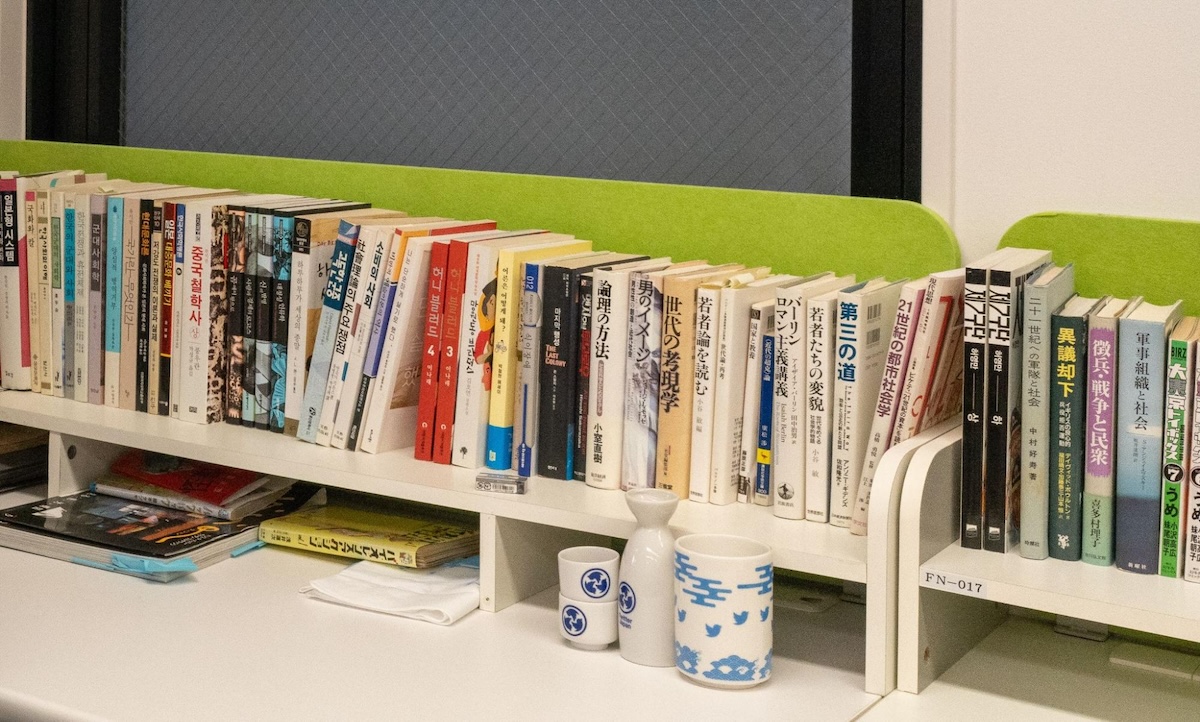
── 今後、日本のWEBTOONを取り巻く状況が大きく変化する可能性についてはどのようにお考えでしょうか。
イ:よく知られた編集現場から超ヒット作が出れば変わっていきます。そうなれば状況が一変して、みんながWEBTOONを重要視するようになり、第一級の人材を投入できるようになる。その変化が起こるターニングポイントは何かというと、アニメです。ただアニメ化されるだけではなく、大ヒットアニメが出た瞬間ですね。版面マンガでもそうじゃないですか。『葬送のフリーレン』はいいマンガですが、アニメがヒットするまでは今ほどの影響力は持ってはいなかった。ほかにも、『鬼滅の刃』が日本のアニメとマンガの好景気を作り、それに続いて『呪術廻戦』のヒットもあった。WEBTOONも、マルチメディア展開でヒット作が出てくることで状況は変わってくるでしょうね。
── 「ヒットアニメの多くがWEBTOON原作」という状況ができることで、自然とWEBTOONの地位も上がるし、作家を志す人たちも増えていくだろうと。
イ:『俺レベ』のアニメ化は成功していますから、そのひとつの転機にはなったかなと思いますね。やはりアニメが話題になると原作の売上も上がるので、完結済み作品であるにもかかわらず今ランキング1位を取ったりもしています。単行本もすごく売れますし、あとアメリカでの反響がものすごいですね。これまでWEBTOONというとIP寿命の短さが致命的な欠点と言われていたんですが、『俺レベ』はアニメが出て、ゲームも作られて大ヒットしました。商品寿命が順調に伸びています。すごくいい事例を作ることができたので、これからじゃないかなと思っています。
既存の枠組みに合わせないで自由に考えるべき
── pixivユーザーの中にも、未来のヒットWEBTOON作家がいるかもしれませんよね。
イ:pixivさんは絵を描ける人材が日本で最も多く集まる大きな場所じゃないですか。人がたくさんいて、その中からいい作家さんやいい絵描きさんが出る可能性はすごく高い。期待はすごくありますね。
── 具体的にはどういうことをpixivに求めますか?
イ:さっき言った、集英社のような投資ですね。常に作家さんを発掘して舞台に上げ、見る人が判断する場を作ることです。これはpixivさんに限らず、すべてのプラットフォーム運営者がやらなければいけないことだと思います。それはコンテストかもしれませんし、月例賞かもしれません。マンガを志望する人たちが一番望んでいるものは何かというと、それはデビューですね。自分の力が認められる瞬間を誰もが熱望していますから、そういう経験をさせられる仕組みが整備されることを期待したいです。
── 作家志望の方々に伝えたいアドバイスなどは何かありますか?
イ:読者の存在を意識することですね。作品というものは誰かが受け取ってくれて初めて成り立つものなので、自分の考えをどう説明するのが適切かを考えて作らないといけません。自分だけしか理解できないものではなく、たとえば100円の報酬を受け取るとしたら、90円分の何かを読者にしてあげないとダメですよ。残りの10円分だけが自分の満足分です。それを意識することが出発点かなと思いますね。
── 作家を目指す若い人がWEBTOONを選ばない理由として「週刊連載が絶対に無理だから」ということがよく言われますよね。個人で独創的な作品を作りたいと思っていても、結局は作業量の問題で分業化せざるを得なくなる、というような。
── 無理なくやれる範囲内でやればいいと。
イ:前提条件が間違っているんですよ。1人で毎週『俺レベ』を描こうと思わないでください(笑)。その固定観念は、クリエイターが一番持ってはいけないものです。みんな自由になりたくてクリエイターをやっているんでしょう? それなのに、自ら制約を課すような行為だと思います。逆ですよ。「1人で週に1本描ける演出とはどういうものだろう?」を研究すればいいだけの話なんです。
── なるほど。
イ:そもそも「マンガは週に1本出すものだ」という考え方自体も固定観念ですよね。なんですべてのマンガが週刊単位である必要があるんですか? おかしいでしょう。毎日新作が読めたらそれが一番いいじゃないですか。
── たしかに(笑)。
イ:であれば、毎日読ませるためにはどのぐらいの話をどのぐらいの絵で描けばいいのか、それを考えればいいんです。今pixivに投稿している人たちも固定観念に囚われず、自由な発想で作品作りをしてほしいですね。
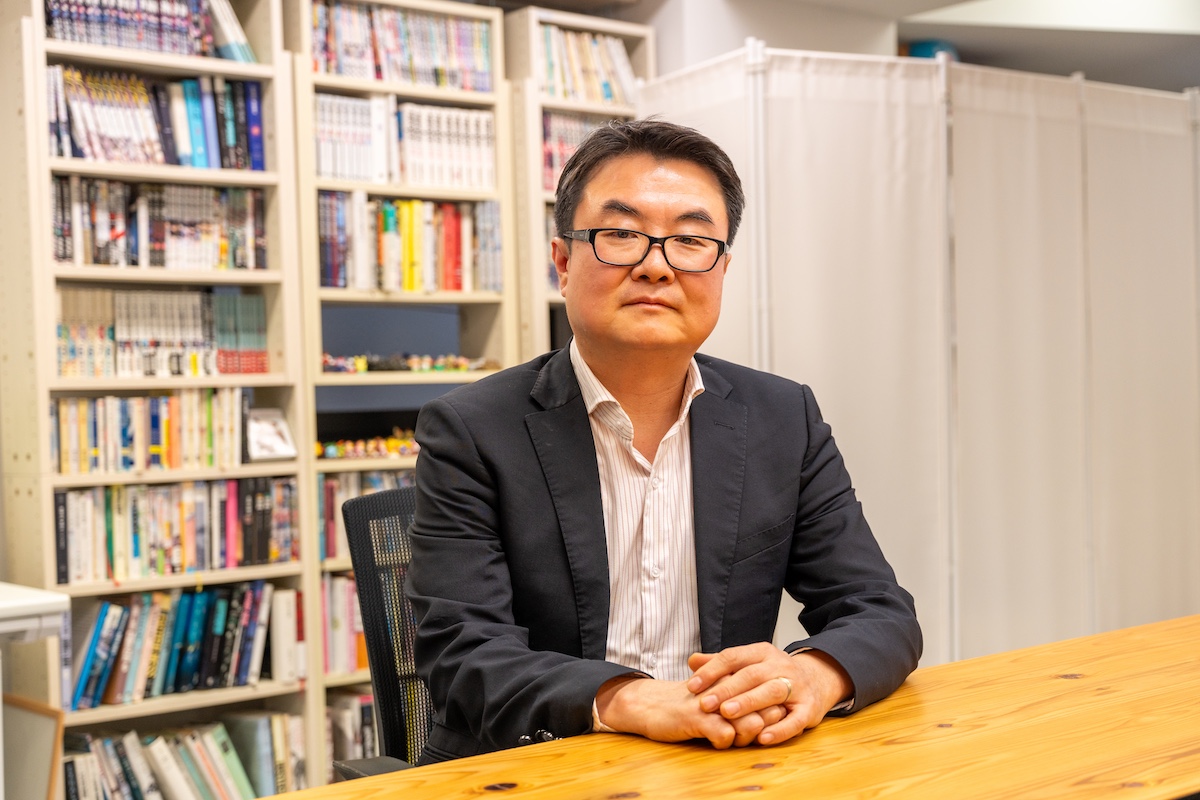
── 最初の話にあったように、日本でのWEBTOONのイメージに偏りがあるとしたら、むしろそれを壊してくれるような新しい作品が読みたいですもんね。
記事中で紹介した作品
『盗掘王』3B2S / Yuns / SAN.G
あらすじ:世界各地に現れた謎の「墓」。その中には遺物と呼ばれる存在がいた。遺物は人間に異能力を与え、その力を手に入れたある者は巨万の富を手に入れ、ある者は世界を我が物にしようと企んでいた。遺物によって変わり始めた世界…そんなある日、嵐の如く現れ、次々と遺物を奪っていく者がいた。人々は彼をこう呼んだ。「盗掘王」と。凄惨な死から蘇った復讐の化身が繰り広げる痛快異能力アクション大作!
『4000年ぶりに帰還した大魔導士』kd-dragon(REDICE STUDIO) / 落下傘 / フジツボ
あらすじ:フレイ・ブレイクは魔法学校ウエストロード・アカデミーの劣等生で、名門家紋ブレイク家の恥と言われていた。学校では陰惨なイジメを受け、家では父親からの無慈悲な宣告。つらく苦しい人生に絶望したフレイは、自ら命を絶ってしまう。しかしその瞬間、彼の肉体に新しい魂が宿る。「なんだ?この軟弱な体は?ゼロから鍛え上げないとだめだな…」その魂の正体は4000年前、神を自称する存在"デミゴッド"との戦いの末、奈落の底に封印されてしまった"大魔道士ルーカス·トロウマン"だった。劣等生フレイ・ブレイクの肉体を器にし蘇った、彼の痛快な復讐劇の幕が上がる!
『ホームベースの魔物(ヴィラン)』風童じゅん / Evilline
あらすじ:3,000本安打をはじめ、数々の記録を打ち立てた伝説の男、本田彬。 40歳、最後の試合で「野球の妖精」が出した条件を達成し、18歳に戻る。 "メジャーリーグに挑戦したい!" 22年前にタイムスリップした彼は、次の条件である5,000本安打を達成できるのか? 過去に回帰してメジャーリーグに挑戦する本田彬の物語が始まる!
『年下旦那』Yuri
あらすじ:5歳年上の元木奈緒。5歳年下の元木満。付き合って半年でゴールインした2人は1日中ラブラブ!毎日ハッピーで、毎日イチャイチャの新婚生活を送る奈緒は夫を疑って(?)いる。その顔で私が初恋の相手だって?その体で全部初めてだって?年の差カップル、奈緒と満のドキドキ新婚生活ストーリー。
人生を奪われた女の復讐劇! レッドセブンが贈る注目の最新作
『監視夫を駆除するまで』雪村こはる/siosoy
昨年ドラマ化した『完璧ワイフによる完璧な復讐計画』の原作者・雪村こはるさんが手掛ける完全新作。レッドセブン制作のWEBTOONの中で、国内作家のみによる完全オリジナル作品の第一号です。人気の現代不倫復讐ジャンルをレッドセブンの観点から解釈した新作をぜひお楽しみください!
あらすじ:事故で両親と足を失った彩葉。事故を理由に婚約者からも振られどん底だったが、イケメン主治医・蒼都に救われ結婚。しかし結婚生活は偽りで、蒼都はほかに愛する人がおり…? 騙し合いが交差する、復讐サスペンス!




